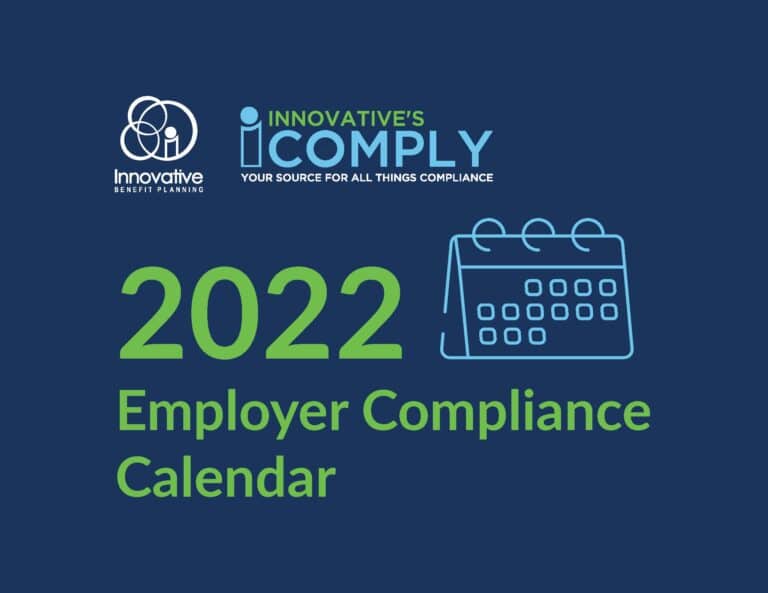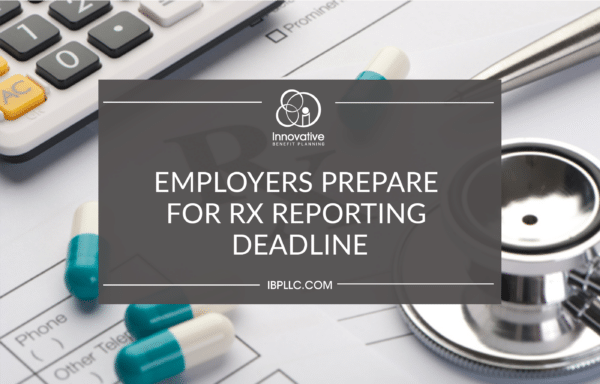Section 204 of the 2021 Consolidated Appropriations Act (CAA) outlined several requirements for group health plans and health insurers aimed at targeting rising prescription drug costs. In an effort to bolster transparency, the CAA created new obligations for plans to report specific prescription drug data to The Centers for Medicare & Medicaid Services (CMS). Effective December 27, 2022, employer health plans will need to report certain information to the federal government related to prescription drug and health plan costs. In addition to reporting general information regarding the plan or coverage, plan and issuers must also prepare to provide, among other things, detailed information regarding the 50 most frequently dispensed drugs, 50 most costly and 50 prescription drugs with the greatest increase in plan expenditures (RxDC reporting). The provisions also require the Departments to issue biannual reports on prescription drug reimbursements under group health plans, prescription drug pricing trends and the impact of Rx costs on premium rates. The initial reporting, due December 27, 2022, will be for plan information for the 2020 and 2021 calendar years. Subsequent reporting will be due June 1 each year, starting with plan information for 2022 due June 1, 2023.
The Departments of Labor, Treasury and Health and Human Services (HHS) (The Departments) have issued guidance previously acknowledging the significant challenges obtaining information about employer and employee premium contributions may create and have therefore announced they will not take enforcement action related to the requirement to report average monthly premium paid by employers and employees for the 2020 and 2021 reference years, so long as the data is reported in the RxDC report for 2022 and all future reference years. For many, the belief was only files P1, P2, or P3 and D1-D8 were required; however, that is not the case. Reporting entities may be surprised to find that in conjunction with the P2 and D1-D8 files, a narrative response file will also be uploaded that address the following topics (if applicable):
|
For most employers sponsoring group health plans, the bulk, or all of, the reporting will be completed by their PBMs and TPAs (if applicable). Fully insured plans can enter into agreements with their carriers to ensure reporting is completed on their behalf. Sponsors of self-funded health plans may be able to rely on their carriers to complete the reporting, but would likely remain liable in the event reporting is not completed; therefore, a plan sponsor will need to coordinate with a carrier or other vendor to confirm the reporting is completed. The Departments encourage carriers to report the data in the aggregate based on line-of-business by state or market segment versus at the plan level.
In the event a PBM or TPA will not report the required data, the plan sponsor should be prepared to do so on their own behalf. Plan sponsors must designate two or more individuals to create a HIOS account and take steps to connect those accounts in the system. Due to an influx of traffic to the site, the account may take some time to activate, so plan sponsors should start the process of setting up the account as soon as possible. CMS has set up a help desk to assist with this process, which can be reached at 1.855.267.1515 or cms_feps@cms.hhs.gov.
CMS has announced during recent webinars that the HIOS system will remain open until January 31, 2023. With that said, good faith compliance relief has not been announced as of yet, so it is unclear if and what penalties may be associated with failure to comply at this time.
Additional information, FAQs, and the RxDC file templates can be found on CMS’s website here. CMS has also created a RxDC Reporting Instructions document, a HIOS User Manual and a HIOS Portal RxDC Quick Reference Guide.
Should you have any additional questions, please feel free to contact your account team or email us at icomply@ibpllc.com.

2022 Employer Compliance Calendar
Are you finding it difficult to keep up with the constant changes in the compliance landscape? We understand that HR professionals have other important items on their plate so we have put together a 17 page calendar that will insure employers are meeting deadlines to remain compliant in the workplace. Click below to download our calendar!












